24 Martial Arts Trial Performance (무예24기 시범공연)
14.6Km 2021-06-07
825, Jeongjo-ro, Paldal-gu, Suwon-si, Gyeonggi-do
• 1330 Travel Hotline: +82-2-1330 (Korean, English, Japanese, Chinese) • For more info: +82-31-267-1644
24 Martials Arts (Muye 24-gi in Korean) refers to the 24 martial art techniques in the Muyedobotongji (Comprehensive Illustrated Manual of Martial Arts). The manual was compiled in 1790 by Confucian scholars Lee Deok-mu and Park Jae-ga, along with the martial arts expert Baek Dong-su, under the orders of King Jeongjo (22nd ruler of the Joseon dynasty). Regarded as a resource for understanding the nature of Korean military science, the manual is an exemplary martial arts compilation that was organized into 24 techniques by adopting the traditional martial arts of Joseon, as well as China and Japan.
The 24 Martial Arts were practiced by the soldiers of the outer military unit of Jangyongyeong, the most elite military troop during the Joseon dynasty. Soldiers stationed at the northern and southern military camps of the Hwaseong Temporary Palace practiced these techniques to effectively guard the palace. It is considered as a significant intangible heritage because of its great historical, artistic, and athletic values. With the restoration of the temporary palace, a regular event is being held to demonstrate the 24 Martial Arts.
Gloucester Hotel Incheon (글로스터호텔 인천)
14.6Km 2024-12-23
36 , Soraeyeok-ro, Namdong-gu, Incheon
+82-32-460-1100
Gloucester Hotel Incheon stands in downtown Incheon overlooking Sorae Port. It offers a range of rooms including ondol rooms, bedroom-style rooms with kitchen facilities, and kids rooms. Some rooms have a bathtub. Additional facilities include a meeting room and business center, a coin operated laundry, and a breakfast buffet in the 3rd floor Glory Hall. The night view from the Sky Lounge bar on the 17th floor is spectacular. Soraepogu Station is a 5-minute walk away, while Soraepogu Fish Market and Sorae Wetland Ecological Park are also nearby.
Siheung Oido Museum (시흥오이도박물관)
14.6Km 2024-10-24
332 Oido-ro, Siheung-si, Gyeonggi-do
The place of Kuk Yeonsoo and Choi Ung's hug from behind
Oido, an island that was isolated from the mainland until 100 years ago, became inland with the creation of the Gunja Salt Farm and the construction of the Sihwa Embankment. It is the largest shell mound historic site on the west coast, and various Neolithic artifacts have been excavated, and the entire island has been designated as Historic Site No. 441. Inside the museum, which records the history of Oido, there are various interesting experiences and exhibitions that give a glimpse of life in the Neolithic Age. Outside the building, there is an overpass with many pillars where Kuk Yeonsoo gave Choi Ung a back hug. On the floor of the branch, there is a sticker that reads ‘Our Beloved Summer’, so it's good to take a commemorative photo.
Suwon Culture Night (수원 문화재 야행)
14.7Km 2022-07-01
825, Jeongjo-ro, Paldal-gu, Suwon-si, Gyeonggi-do
• 1330 Travel Hotline: +82-2-1330 (Korean, English, Japanese, Chinese) • For more info: +82-31-3572~5
Suwon Hwaseong Fortress and Hwaseong Temporary Palace are the venue for Suwon Culture Night. Both areas are decorated with media art of eight night experiences. Every corner of the fortress road has history and stories to offer a historical culture experience.
Temporary Palace at Hwaseong Fortress (Hwaseong Haenggung Palace) (화성행궁)
14.7Km 2025-05-22
825 Jeongjo-ro, Paldal-gu, Suwon-si, Gyeonggi-do
A haenggung is a temporary palace where the king and royal family retreated to during a war. Hwaseong Haenggung Palace is the largest one of these, used by the Joseon kings since the time of King Jeongjo (r. 1776-1800). In addition to being used as a shelter during war, King Jeongjo also stayed here during trips to worship at his father's tomb. The palace was the location of a splendid feast held on the 60th birthday of his mother, Hyegyeonggung Hong, and many other events, including award certificates for successful candidates of special national exams. These days, the palace serves as a venue for many traditional cultural performances and activities.
Suwonhyanggyo Confucian School (수원향교)
14.7Km 2022-12-29
107-9, Hyanggyo-ro, Paldal-gu, Suwon-si, Gyeonggi-do
+82-31-245-7639
Suwonhyanggyo Confucian School was built in 1291 in front of Hwasan Mountain in Hwaseong where it stayed for nearly 500 years. It was moved to its current location in 1789 with the construction of Hwaseong Fortress. During the move, some of the original wood was exposed to water and began to rot. These parts were repaired in 1795 and efforts were made to prevent the wooden structure from futher damage. The current school is comprised of various halls, gates, and pavilions. It is registered as Gyeonggi-do Cultural Property and operates programs every summer for regional students.
Hyowon’s Bell (효원의 종·서장대)
14.8Km 2025-05-22
Namchang-dong, Paldal-gu, Suwon-si, Gyeonggi-do
Hyowon’s Bell is located at the summit of Paldalsan Mountain. The bell was created to honor the filial devotion of King Jeongjo towards his father, Crown Prince Sado. The bell has various symbols representing the city of Suwon and its cultural assets. The bell is always rung three times- the first ring is in gratitude for the love of one’s parents, the second to hope for happiness in one’s family, and the third as a prayer for self-improvement.
Suwon Museum of Art (수원시립미술관)
14.8Km 2025-05-22
833 Jeongjo-ro, Paldal-gu, Suwon-si, Gyeonggi-do
Suwon Museum of Art is a cultural and artistic space located in the plaza of Hwaseong Haenggung Palace in Suwon. The building, which embodies the harmony of modernity and nature, includes exhibition halls, a library, classrooms, and a cafeteria. It serves as a place where the spirit of Hwaseong meets contemporary art, offering high-quality exhibitions, immersive interactive displays, and unique showcases focusing on the Suwon region.
Yeonpo Galbi (연포갈비)
14.8Km 2024-12-02
56-1, Jeongjo-ro 906beon-gil, Paldal-gu, Suwon-si, Gyeonggi-do
+82-31-255-1337
This restaurant occupies a remodeled public bath and inn, preserving the original chimney from its bathhouse days. Known for offering Suwon wanggalbi at relatively affordable prices, it also serves galbitang (galbi soup) exclusively during lunchtime on weekdays. Due to limited availability, galbitang often sells out quickly.
Haenggung-dong Mural Village (행궁동 벽화마을)
14.8Km 2025-05-22
9-7 Hwaseomun-ro 72beon-gil, Paldal-gu, Suwon-si, Gyeonggi-do
Suwon’s Haenggung-dong is the name for 12 neighborhoods, including Jangan-dong and Sinpung-dong, in the Hwaseong Fortress area. It was the most bustling place in Suwon from when the Hwaseong Fortress was built 220 years ago until just a few decades ago. However, with Hwaseong Fortress being designated as a UNESCO World Heritage Site, time seems to have stopped due to strict development regulations. In the meantime, residents, civic groups, and artists came together to paint murals in effort to make the area become more alive. Due to their efforts, the region has now emerged as a tourist attraction visited by as many people as Hwaseong Fortress.
The Haenggung-dong comprises various alleys connected depending on their characteristics, including the Mural Village, Workshop Street, Suwon Chicken Street, and Jidong Market. The Mural Village is divided into six alleyways by theme, including the Haengbokha (Happy) Road, Saranghada (Love) Road, Nuneuroganeun (to Snow) Road, Cheoeumachim (First Morning) Road, Romance Road, and Dwiroganeun (Backward) Road. A photo zone has been set up in front of the mural, and not only the mural but also the walls, roof, and fence are filled with various sculptures and paintings. Many pretty workshops and cafés nearby are also interesting to look around.
◎ Travel information to meet Hallyu’s charm - TV series "Lovely Runner"
Haenggung-dong Mural Village sets the scene where Sol and Sun-jae walked to school together. It is also where the memorable scene was filmed of Sol dashingly pushing a flustered Sun-jae against the wall. As you stroll along the low stone walls adorned with murals, it’s easy to imagine the couple’s school-day moments, adding a nostalgic charm to your walk.
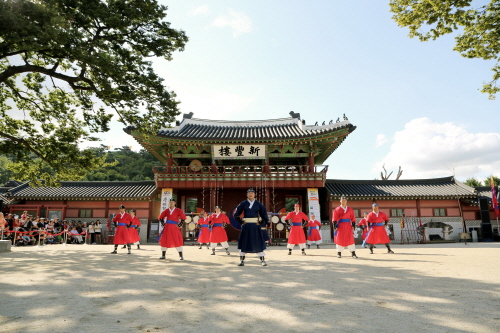
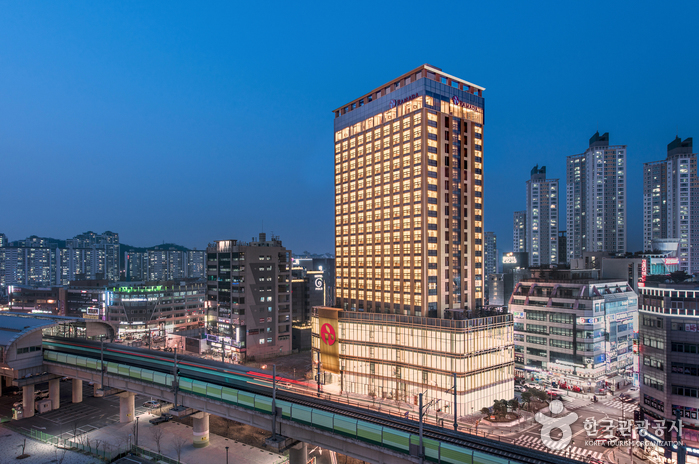
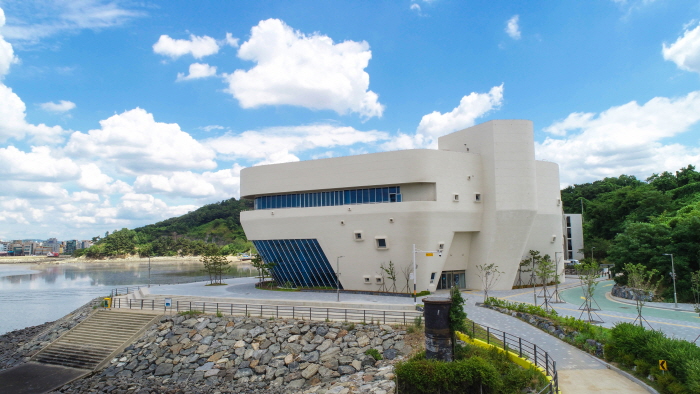
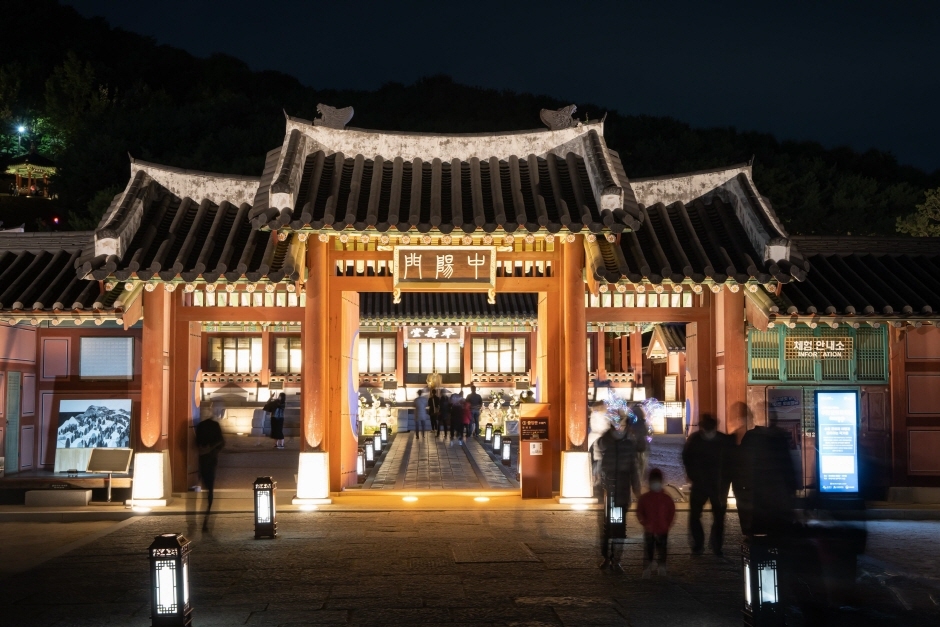
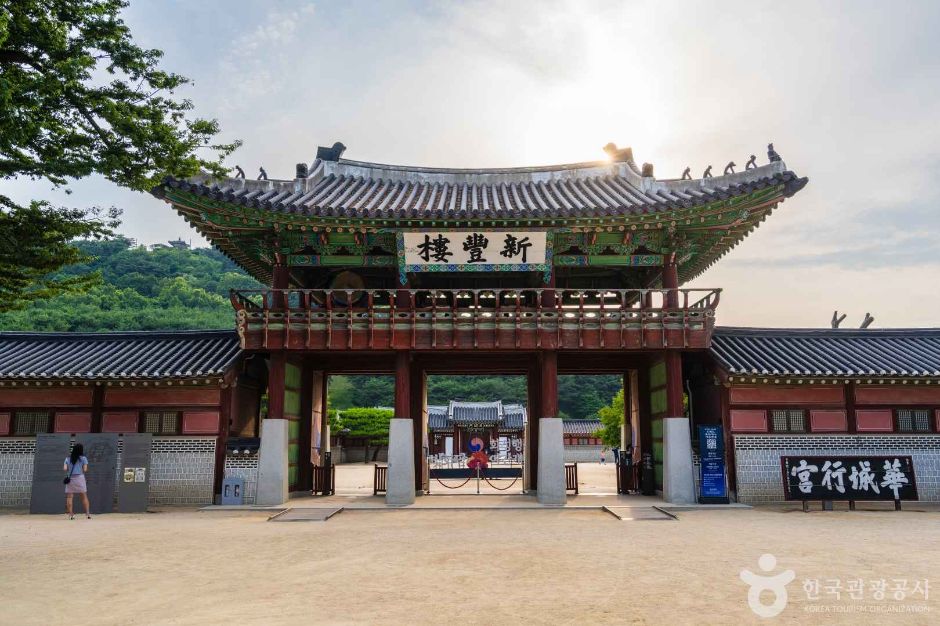

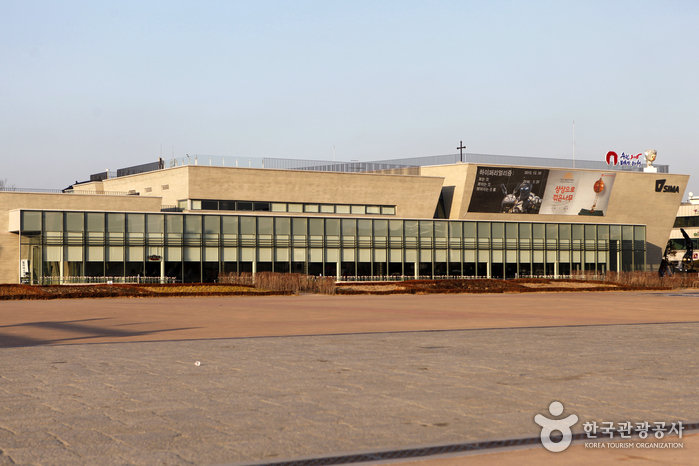
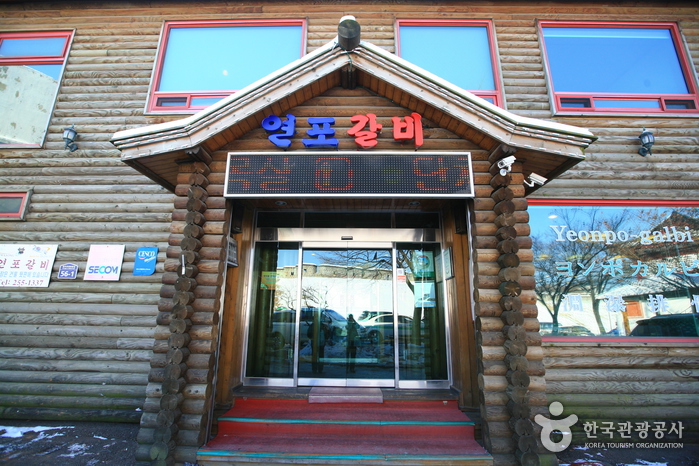
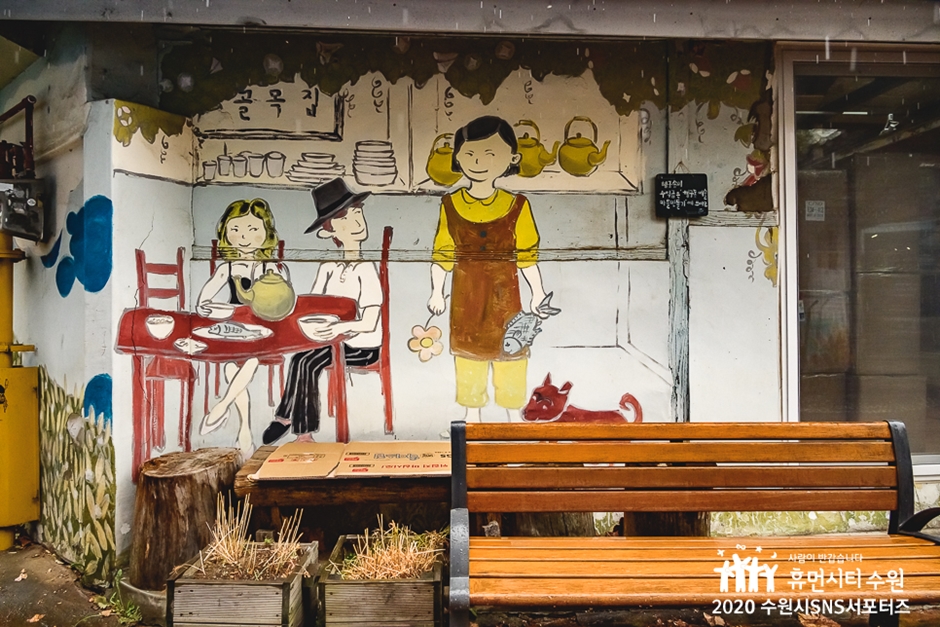
 English
English
 한국어
한국어 日本語
日本語 中文(简体)
中文(简体) Deutsch
Deutsch Français
Français Español
Español Русский
Русский